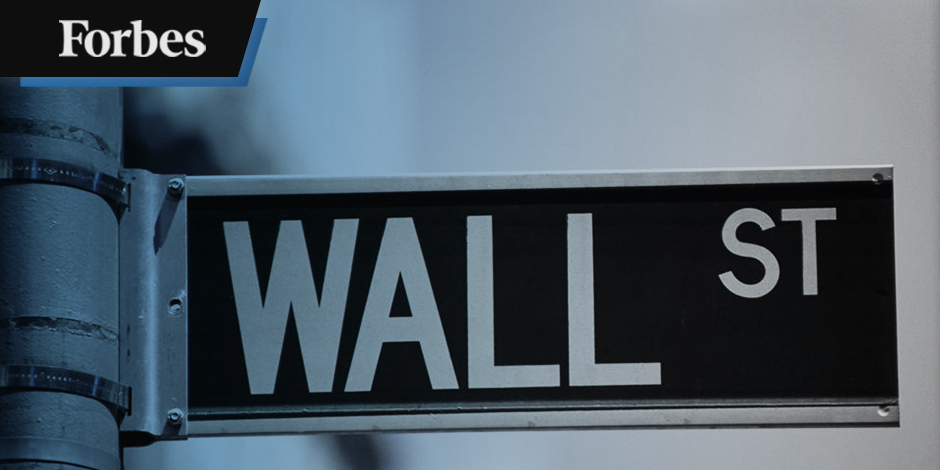Pity the poor wizards of Wall Street who for nearly two years now have been predicting, warning, or otherwise agonizing over the prospects of the pandemic pushing the US economy into a recession.
Full disclosure: I am not an economist. However, my career has been devoted to studying consumers and retailing and working to improve humans ability to forecast outcomes more accurately.
Reading the business headlines hasn’t been helpful. For example, a search for “consumer sentiment recession” returns headlines like these:
“Consumers Increasingly Expect Recession.”
“Consumer Confidence up Slightly as Recession Looms.”
“Retail spending fell in March as consumers pull back.”
This one is a favorite, reflecting the frustration of many financial writers who are itching for a hair-on-fire headline:
“Unemployment Is Low. Inflation Is Falling. But What Comes Next?”
What is a recession, anyway? Sounds bad. Officially, the government defines it as two consecutive quarterly declines in gross domestic product (GDP). That means no one can say there even was a recession until it’s over, let alone accurately predict when one might start or finish.
How bad is a recession? In the past 45 years or so there have been five recessions.
The absolute worst was in 2008-2009, when asset prices fell by almost half, banks collapsed, industries folded, and millions lost jobs. Compared to that recession, the rest were short and shallow. It seems the economy has to take a breath every so often and every once in a great while it gets seriously ill (the Great Depression, for example).
Since 1980, there have been 170 or so financial quarters (four a year). Out of those 170 quarters, the GDP of the US fell in 12 of them. That means that the economy was shrinking 7% of the time. But it also means it was growing 93% of the time. Not a bad record.
Since consumer spending is 70% of the US economy, the state of retail and consumer sentiment is crucial. What does the evidence have to say about it?
For starters, the collapse of the sprawling Bed Bath & Beyond chain sounds like a negative. It was, but only for Bed Bath & Beyond. As soon as the company began abandoning its thousand of locations, new tenants were snapping up the leases.
Strip shopping centers (as opposed to malls) that were muddling along at best when the pandemic hit and were hollowed out in the first year by shutdowns, are enjoying nearly full vacancies with marquee brands and architectural makeovers. Target, Home Goods, Marshalls, restaurants chains — the mall is dead, but long live the shopping center. And in my travels, I’m not seeing windswept parking lots, I see hives thrumming with commerce.
The stats? According to this headline, stormy weather ahead:
“Weak retail sales, manufacturing output data point to slowing US economy”
But the high points?
- Core retail sales slip 0.3%
- Manufacturing production falls 0.5%
- Import prices fall 0.6%; drop 4.6% year-on-year
The retail industry took it on the nose in February, according to the most recent Commerce Department report. Department stores, electronics, home improvement, and furniture all saw declines in consumer spending. It’s true that the Census Bureau recently reported after-tax profits in the retail trade fell by a whopping 44% in 2022 from a year earlier. But there were profits, not losses.
Leaders such as Walmart recently reported US comparable-store sales grew 8.3% in the past year, 13.9% over the past two years. Among the companies that have announced plans to open new locations are Boot Barn, Burlington Stores, Five Below, Nordstrom Rack, Primark, and Ralph Lauren.
A future recession seems inevitable, with a 7% chance, according to statistics. However, claiming to predict it now is like a broken clock, only accurate for two minutes daily.

















